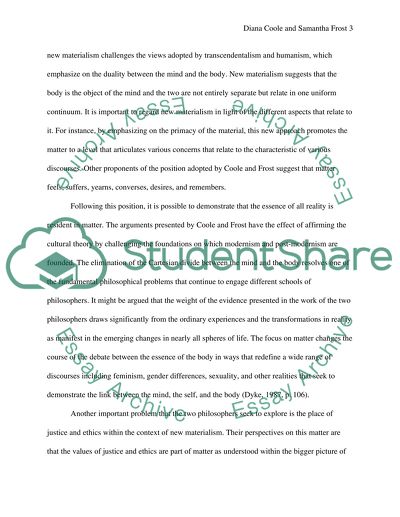Cite this document
(“Diana Coole and Samantha Frost argue that social and political enquiry Essay”, n.d.)
Retrieved from https://studentshare.org/philosophy/1466080-diana-coole-and-samantha-frost-argue-that-social
Retrieved from https://studentshare.org/philosophy/1466080-diana-coole-and-samantha-frost-argue-that-social
(Diana Coole and Samantha Frost Argue That Social and Political Enquiry Essay)
https://studentshare.org/philosophy/1466080-diana-coole-and-samantha-frost-argue-that-social.
https://studentshare.org/philosophy/1466080-diana-coole-and-samantha-frost-argue-that-social.
“Diana Coole and Samantha Frost Argue That Social and Political Enquiry Essay”, n.d. https://studentshare.org/philosophy/1466080-diana-coole-and-samantha-frost-argue-that-social.


